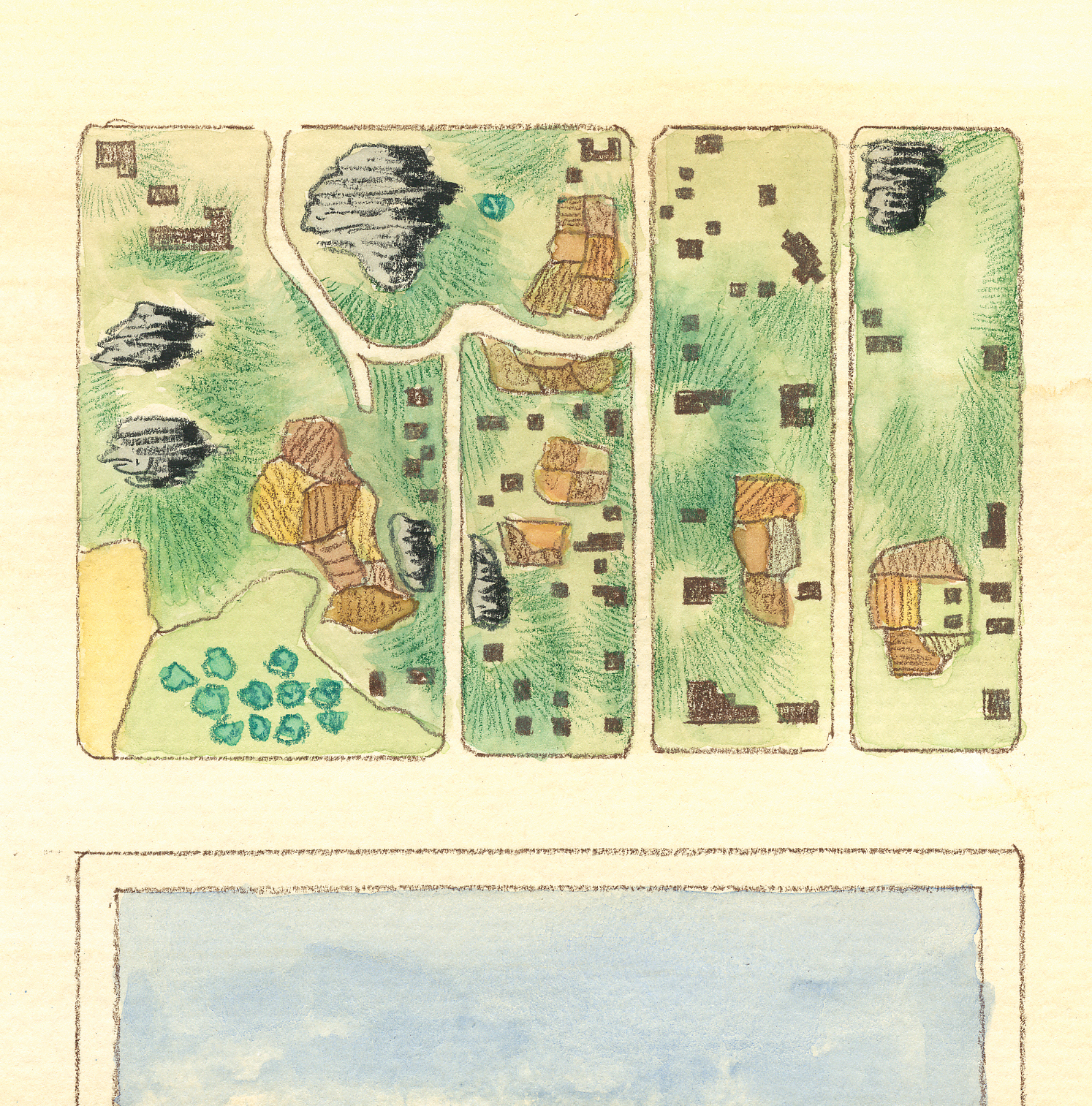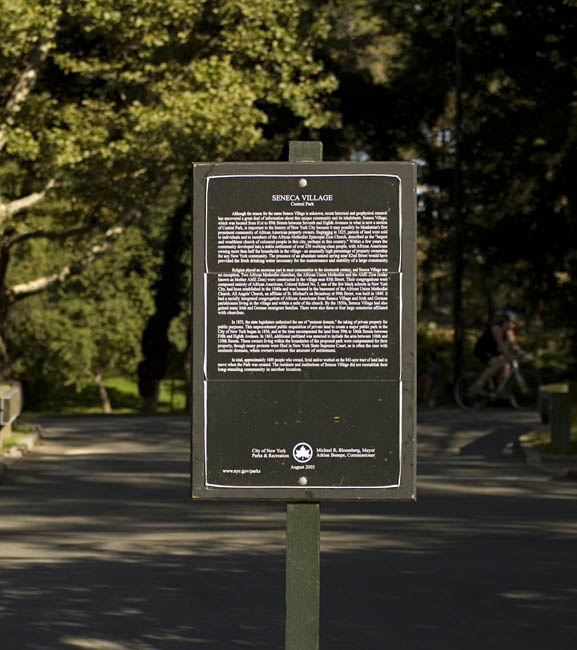As a community of free black property owners, Seneca Village was unique in its day. It was located in the hilly, rock-strewn woods between 82nd and 89th Streets and 7th and 8th Avenues. At that time it was a long walk to the crowded city. The village grew steadily from 1825, when Andrew Williams first bought three lots for $125. By 1832, about 25 more lots were sold to African Americans. And by the early 1850s, the village boasted three churches, a school, and a population of some 300 people. Over the years, German and Irish immigrants joined the community. This diverse community lived in peace, attending the All Angel’s Church together and sharing the services of one midwife.
But as the city pushed north, the media began to paint a different picture of the little village, calling it a “shantytown” and calling the property owners “squatters” who were “wretched and debased.” Many people in the city, including Mayor Fernando Wood, wanted the land for a great new park. In 1855, the mayor used the power of eminent domain to claim the land. Then he sent the police to clear it. For two years the residents resisted the police as they petitioned the courts to save their homes, churches, and schools. In 1857, they were finally removed. As one newspaper put it, the raid upon Seneca Village would “not be forgotten…[as] many a brilliant and stirring fight was had during the campaign. But the supremacy of the law was upheld by the policeman’s bludgeons.”

